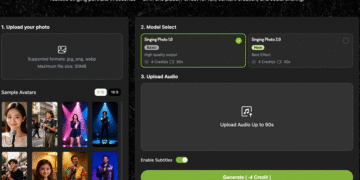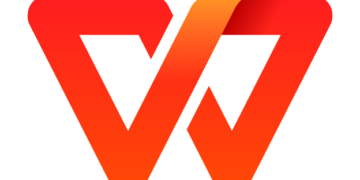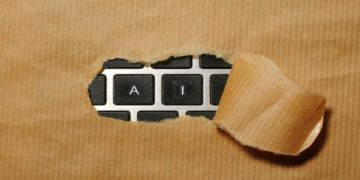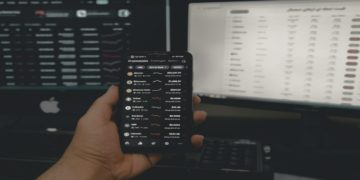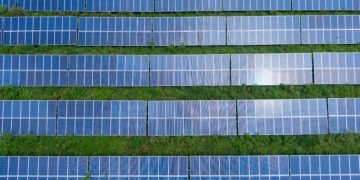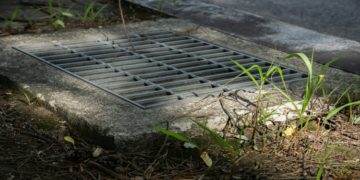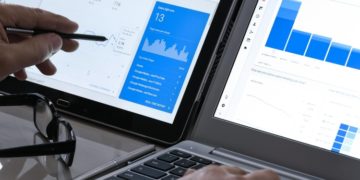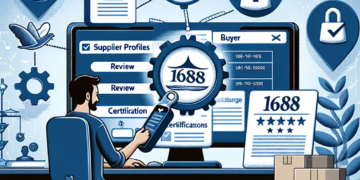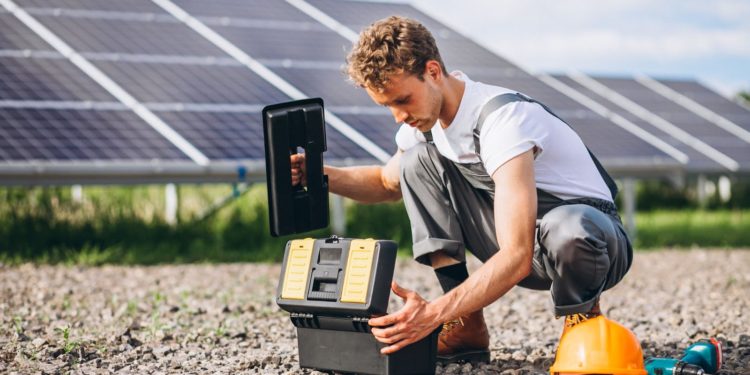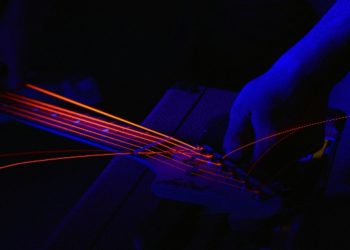Thinking about installing or upgrading your solar power system? One of the most important components you need to consider is the micro inverter. Unlike traditional string inverters, it allows each solar panel to perform at its peak individually, maximizing your solar energy potential.
In this article, we’ll explore the benefits of the best-quality micro inverter. and explain why they’re a game-changer for your solar system’s performance, safety, and future growth.
What is a Micro Inverter?
Micro inverters serve to transform the DC (Direct current) electricity generated by the solar modules into AC (Alternating current) suitable for household appliances and grid feed. They optimize power output at the panel level in such a way that the performance of one panel does not affect the performance of the entire array.
How to Use: A Complete Step-by-Step Guide for Beginners
Installing it and using one in your solar power system might seem a bit technical at first—it’s actually quite simple if you have the correct guidance. Here is a step-wise breakdown that helps you understand how micro inverters are installed and efficiently used.
1. Mount the Micro Inverter Securely
The next important step after selecting the micro-inverter is the mounting procedure. Installation is usually below the solar panel or on the racking structure below the solar panel. The micro inverter should be firmly tightened and grounded in accordance with local electrical codes since proper grounding is important for the prevention of electrical hazards and the safe functioning of the equipment.
2. Connect the Solar Panel to the Inverter
Next, connect your solar panel to it by plugging the panel’s DC output cable into the inverter’s input. As soon as the panel receives sunlight, the inverter will begin converting DC electricity into AC power automatically. This seamless conversion is one of the biggest advantages of micro inverters.
3. Link the Inverter to the AC System
Now connect the AC output from the micro inverter to either an AC trunk cable or bus cable. This serves for sending the generated AC electricity to either the main electrical panel or the grid-tied system. Follow all safety precautions and assure the application of waterproof connectors, if any installation lies outdoors.
4. Test and Monitor the System
When the complete setup is done, this stage is commissioning the system. Nowadays, many micro inverters have friendly apps or web portals, where you can monitor the performance of each individual panel. Next, ensure that the cable connections are completely secure, and verify that inverters are working perfectly.
Comprehensive Benefits of Using High-Quality Micro Inverters
The benefits of high-quality micro inverters include considerable improvement of performance, safety, and flexibility for the solar power system. Here are some major benefits:
Maximized Solar Energy Production
Unlike string inverters, micro inverters work independently at the panel level. This will then make sure that an individual nonperforming rooftop panel which is shaded, dirty, or out of order, does not adversely impact the overall output of the system.
Benefits:
- Each panel operates at its own optimal level.
- No system-wide performance loss from shading, debris, or snow.
- Personal MPPT (Maximum Power Point Tracking) is said to produce more energy over the years between 15% and 25%.
- It is suitable for roofs whose angles change in the course of the day or that receive partial sun.
Improved Electrical Safety and Fire Prevention
Micro inverters reduce the risk created using high voltage DC wiring associated with traditional systems. This, in turn, will convert DC to AC directly at the panel and hence, fire risks due to DC arc faults will be reduced.
- It allows safe shutdown of individual panels for maintenance or emergency events.
- Meets the Rapid Shutdown Requirements-the vital safety standard needed in several regions for first responders’ protection.
Smart Real-Time Monitoring and Diagnostics
Micro inverter systems typically include monitoring platforms that let you track performance panel by panel in real-time.
- Identify performance issues immediately—no need to inspect the entire array.
- Detects problems like soiling, shading, or hardware faults early.
- You can better monitor the energy production of your solar systems from anywhere in the world, through mobile apps or on-line dashboards.
- A solar tracking system is helpful to track its performance in ensuring that your solar system will work consistently at its peak performance.
Effortless System Expansion for Future Growth
Micro inverters offer plug-and-play scalability, making it simple to expand your system as your energy needs grow.
Expansion Features:
- Easily add new panels without needing to match old panel specs or replace your inverter.
- Supports mixed panel types and power ratings.
- Ideal for homeowners planning to add EV chargers, battery storage, or more appliances in the future.
Flexible Installation for Complex Layouts
Because of its unparalleled design versatility, it’s ideal for difficult rooftops or unusual configurations.
- The panels can be inclined in different directions (east, west, south) without affecting any functions.
- Compatible with rooftops that harbour obstacles, angles or shading.
- Great for alternate mounts—like carports, ground mounts, sheds, or even RVs.
- High efficiencies are assured even when installed in non-conventional or space-limited installations.
How to Choose the Right Inverter for Your Solar System
When selecting a micro inverter, focus on quality, compatibility, and safety standards. Select models that provide panel-level optimization, allow for real-time monitoring, and adhere to safety regulations such as Rapid Shutdown Requirements.
Placing a solid bet for purchasing top-notch micro inverters will alter the goal to reach better energy efficiency; safer operation, and future growth of the system.
Conclusion:
Purchasing solar micro inverters of the best quality makes sense for those who want to maximize the performance of their solar power systems. These micro inverters offer effortless system expansion, lifetime monitoring, improved safety features, and greater efficiency in energy use.
Whether you’re powering your home, business, RV, or a remote site, It is a revolutionary approach that guarantees your system will continue to operate effectively and securely for many years to come.




